How a nuclear superpower was brought to the edge of civil war: The anatomy of Wagner’s failed mutiny
The astonishing failed uprising was expected by Western security agencies but there were doubts over Prigozhin’s ability to see the rebellion against Putin through to the end, writes Kim Sengupta

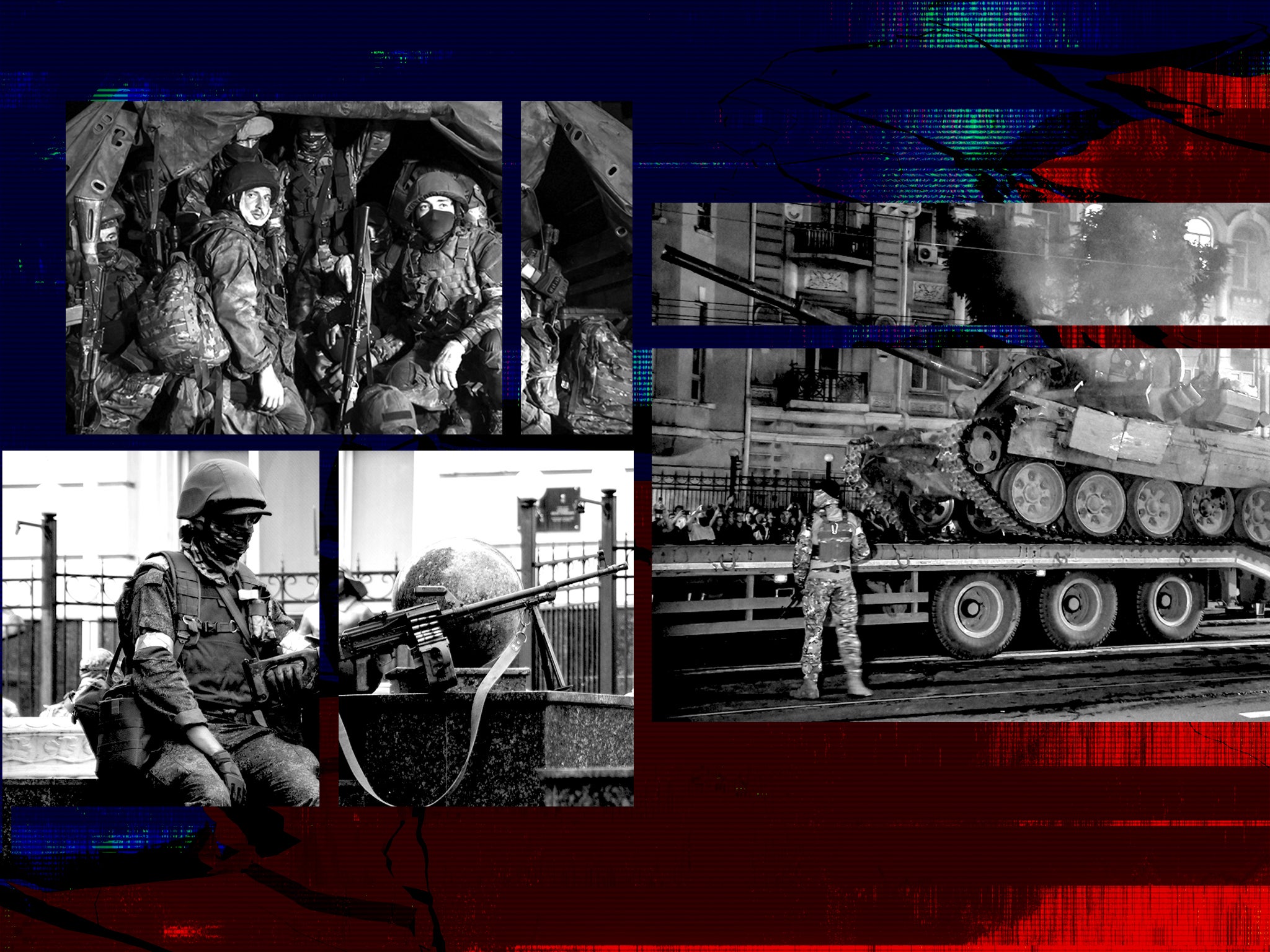
The new Russian Revolution failed to take place. Vladimir Putin may be much weakened, but he has not been deposed. Yevgeny Prigozhin is not in Moscow, but on his way to Minsk. There are no signs, as yet, of the Kremlin’s military lines in Ukraine crumbling.
As the dust churned up by tanks and armoured cars begins to settle, inevitable questions have arisen about what exactly happened in the astonishing and tempestuous 36 hours in which a country with a vast nuclear stockpile came so close to civil war.
It was not entirely unexpected by some. US and Western intelligence agencies, it has emerged, had begun to learn some days ago that the Wagner group, Prigozhin’s mercenary army, would soon be on the move. Not against Ukrainians, but back into Russia and ready for armed confrontation with Russian forces.
The information, according to Western security officials, as well as one from a Baltic state, had been gleaned from satellite imagery of heavy weaponry being moved, troop redeployments, and interception of communication which has proved so valuable in predicting Putin’s invasion before it began.
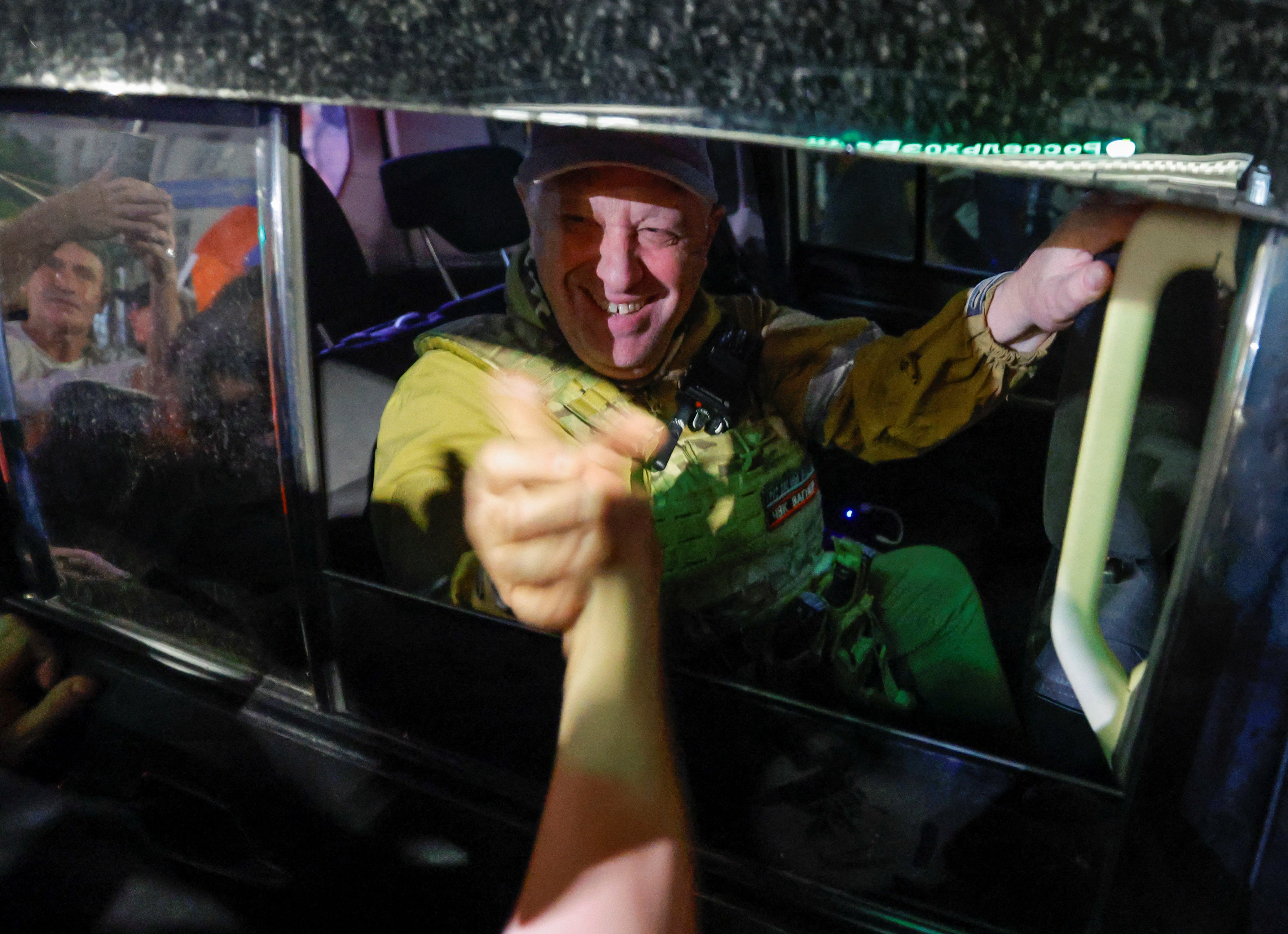
It is not known exactly how long the security agencies were aware of Prigozhin’s plot. But US intelligence officials began to brief members of the Biden administration and the military command last Wednesday, a number of American news outlets have confirmed.
There were cautionary caveats from the Western officials. One was due to Prigozhin’s personality – his penchant for making grandiose gestures and statements against the Kremlin hierarchy, and then backing down.
There were also sensitivities among the Americans about Prigozhin’s past encounter with US politics. The Wagner boss has been indicted by a federal grand jury for allegedly spreading misinformation through his troll factory, the Internet Research Agency, in support of Donald Trump in the 2016 US presidential election.
There were also doubts about the Wagner chef’s capability of carrying out an effective military operation to the end.
It is unclear just how many fighters he had under him. Prigozhin claimed he had “25,000 and then another 25,000” ready to sacrifice themselves to “save Russia”. But a number of analysts hold that Wagner’s real troop numbers were between 10,000 and 15,000. Around 80 per cent of them were convicts who had been recruited under a prison release scheme. Would these people really die for Prigozhin?
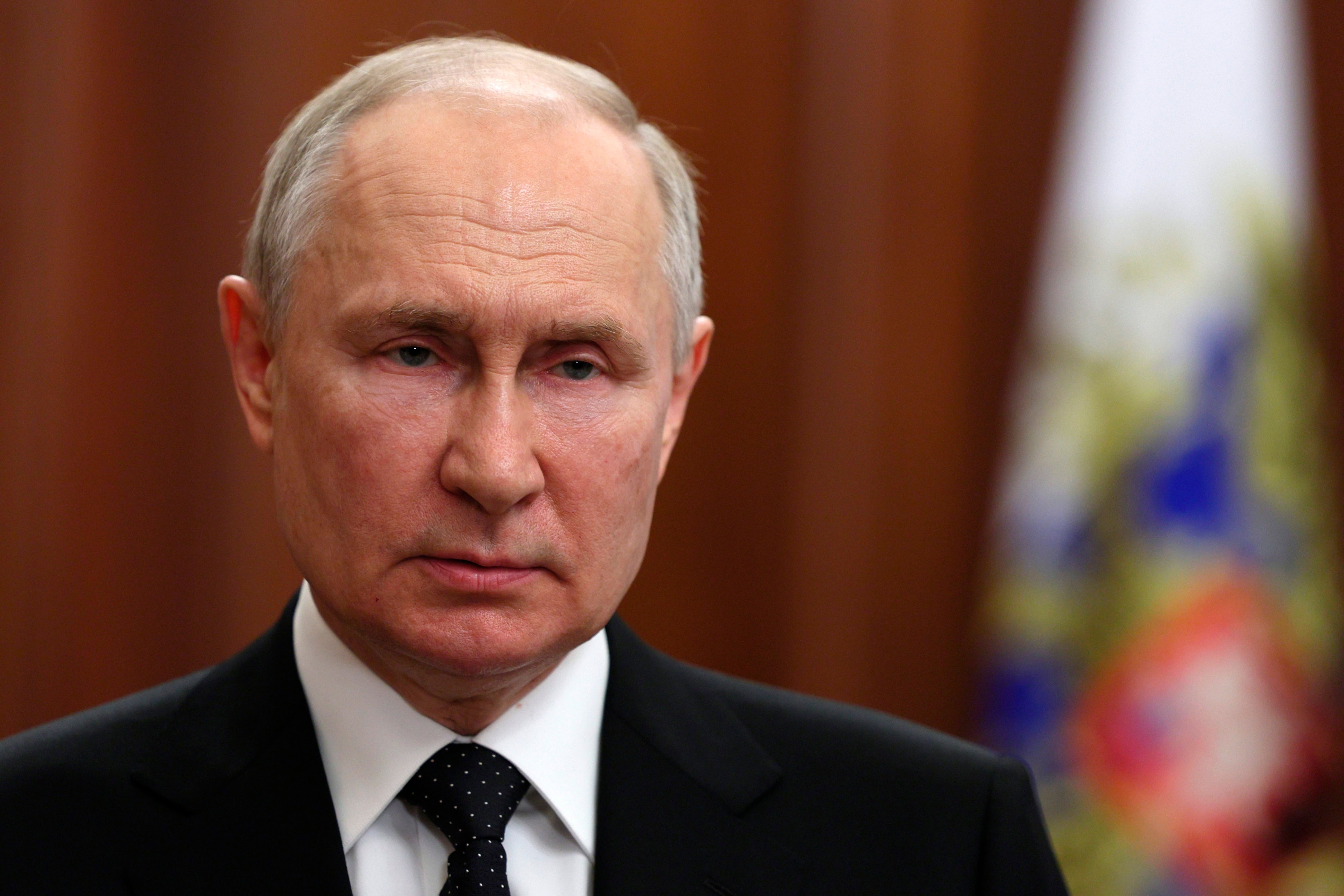
However, despite all that, Wagner had sent a sizeable force, a thousand tanks, infantry fighting vehicles and artillery towards Moscow along with troops, according to the Russian news agency Beza.
The rest stayed behind in Rostov-on-Don, just 60 miles from the Ukrainian border, the base of Russia’s southern military district command, and the 58th Combined Arms Army. Holding on to that strategic hub would have given Prigozhin significant leverage.
But under the reported deal brokered by Belarus president Alexander Lukashenko, which is due to take the Wagner boss into exile in Minsk, the Wagner fighters began to withdraw from Rostov. Pardoned by Putin for the mutiny under the same deal, most of them will officially sign up to the Russian military.
The chances of a successful coup would have risen hugely if, as had been suggested in some quarters, there were large numbers of Russian forces ready to desert, and “ sleeper cells” were ready to be activated in Moscow and St Petersburg. But we never found out as Prigozhin called off the mission 120 miles from Moscow.
There have been claims, mostly in social media, that the road to Moscow was wide open, a theory augmented by images of barriers at the outskirts of the capital, armoured cars inside the city, and the mayor of Moscow, Sergei Sobyanin, telling people to stay at home, and declaring Monday a non-working day.
But Moscow was not defenceless, officials point out. The Wagner forces heading for Moscow, without any notable air support, would have faced Spetznatz special forces units and those of FSB’s alpha force, as well as the national guard, Rosgvardiya, and its 1st separate operation purposes division; regiments of the 4th guards and 2nd guards tank and motorised rifle division and the presidential regiment.
Unless there were large-scale desertions from the Russian military ranks, the scenario developing was of the first of a series of major battles with the probability of large-scale collateral damage and security disintegration.
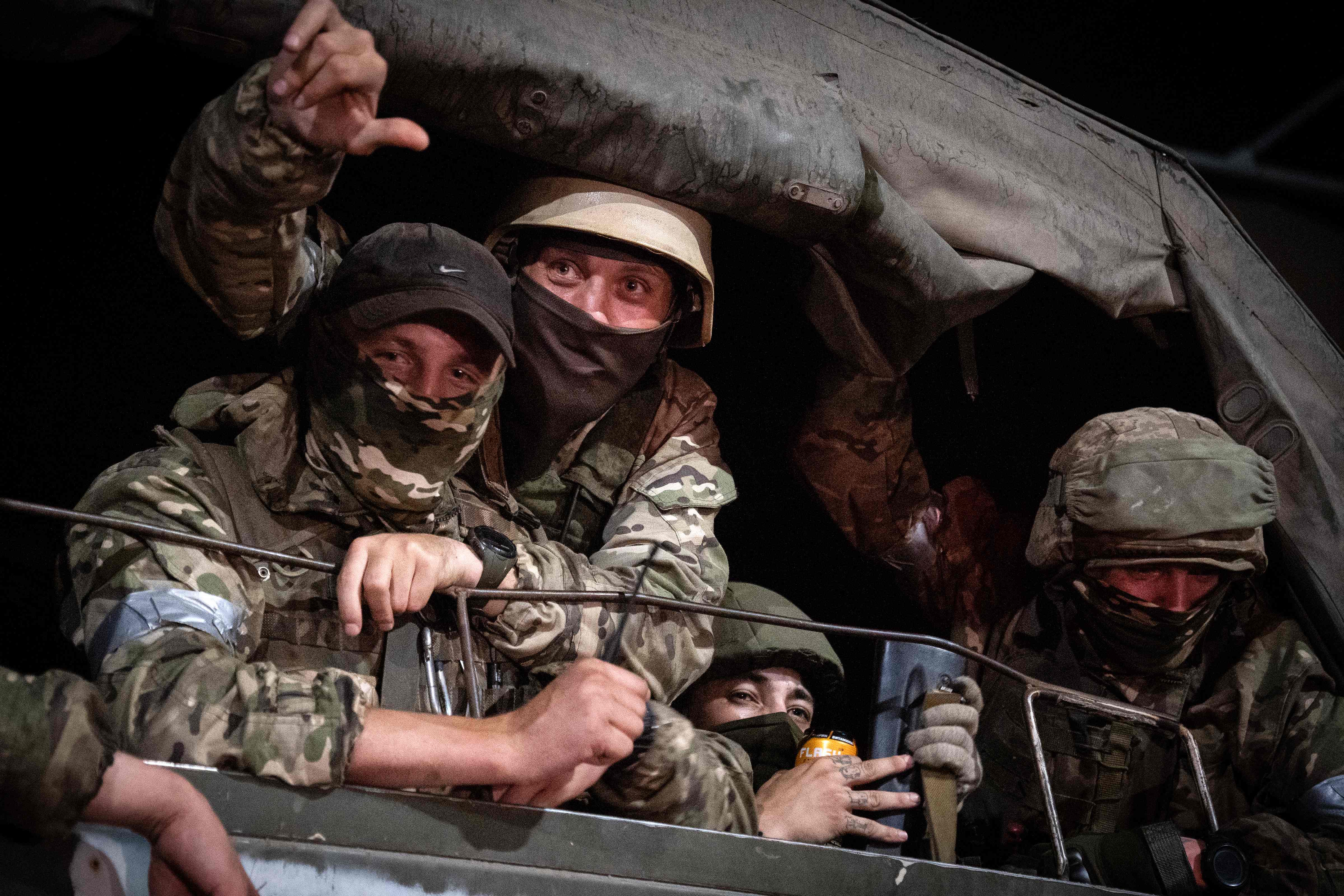
One important factor under Western consideration, according to the officials, was Russia’s nuclear arsenal. There has been nuclear sabre-rattling from the Kremlin in the course of the Ukraine war; the decision to place tactical nuclear weapons in Belarus was condemned by president Joe Biden as “absolutely irresponsible”.
But American and British officials say that they have seen no significant change in Russia’s nuclear posture. A US state department spokesperson said: “We have had no reason to adjust our conventional or nuclear force posture. We have long-standing established communication channels with Russia on nuclear issues.”
The concern was what would happen to the nuclear arsenal in the combustible meltdown of a conflict involving private armies led by the likes of Prigozhin and the Chechen warlord Ramzan Kadyrov. They, and separatist leaders like Igor Girkin (also known as Strelkov), have been virulent critics of the Russian high command over the Ukraine war. But one of their main complaints has been that Russia has not been aggressive enough in its action. The prospect of nuclear warheads falling into such hands was viewed as chilling.
Security sources say they still remain unclear about a lot of what has unfolded, such as the pace of events. “Was it back to black? We wondered,” said a Western official. “Was it an elaborate black op by the Russians? Why did Wagner go all that way and stop. But the Americans did not think it was a set-up. Maybe expectations [of support for Wagner] were raised, promises made and not kept. But at the end of the day, we were looking at a very chaotic situation with some very bad actors involved.
“We need to examine the Lukashenko deal which was made. But what has happened shows major fractures in Russian security and they should be very worried. But I suspect they will seek to show some kind of propaganda win from all this.”
There is apprehension in the security agencies that revelations of their knowledge of the attempted coup would allow the Kremlin to claim that it has been orchestrated by the West.
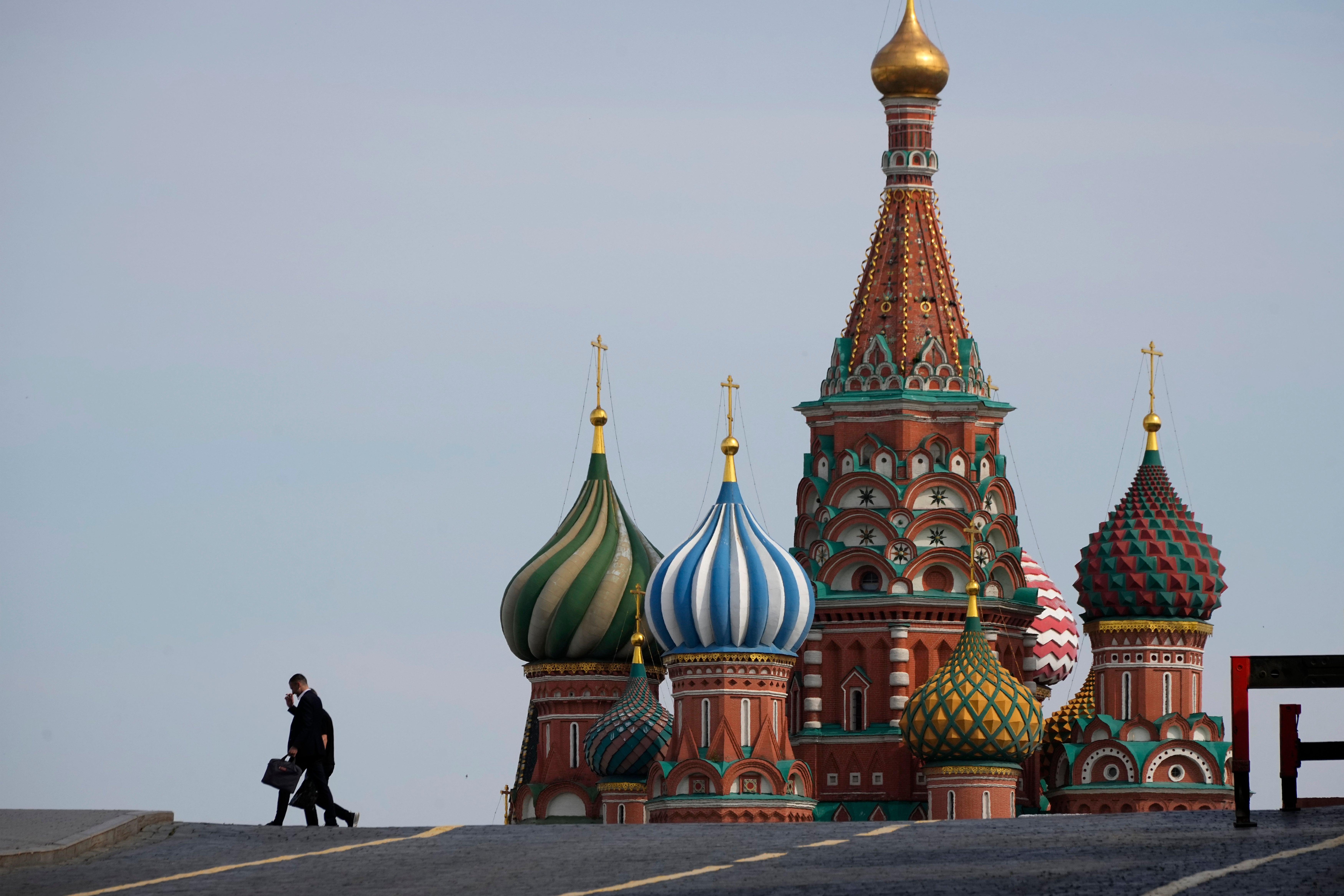
Putin, they think, is preparing the narrative for this. In his emergency televised address after Wagner took over Rostov, he spoke of the bitter civil war following the revolution in 2017 when “Russians were killing Russians” and warned that his country was “facing the toughest battle for its future… it is a question of Russia’s millennial history.”
The allusion was to the reactionary White forces, which with foreign support, attacked the new Russian government. The Kremlin has long sought to portray Ukraine as a Western proxy in the current war.
Some in the American political right have already suggested the Biden administration may have played a part in the Wagner plot. Marjorie Taylor Greene, the Trump-supporting Republican congresswoman tweeted: “After our government has been funding a proxy war with Ukraine for over a year, I sure hope our government isn’t behind a coup attempt currently happening in Russia.”
There have been posts on social media in the US accusing the CIA of instigating the coup. One conspiracy theory claims that part of a $6.2bn accounting error by the Pentagon over weapons supplied to Ukraine, which had been recently disclosed, was used for clandestine missions.
What has happened to Wagner’s own assets remains unknown. Carrying out a raid on properties linked to Prigozhin in St Petersburg, Russia’s FSB announced that 4bn roubles (£38m) in cash had been found in a bus and two vans.
Prigozhin did not dispute this. The money, he maintained, was compensation for families of Wagner fighters who have been killed. “Wagner has been operating for the past 10 years using only cash, as agreed in our contract. I fully adhere to it,” he said.
Wagner, however, has made hundreds of millions of dollars from its armed deployment in the Middle East and Africa, from oil in Libya and Syria, to gold and other precious metals in the Central African Republic (CAR) and West Africa. Prigozhin himself is estimated to have a fortune of $1.2bn.
Former Wagner employees have become careful about what they say in the aftermath of the failed rebellion. Viktor, a former fighter who now lives in southern Europe, commented: “I never ever thought that Prigozhin would directly challenge Putin, I have said that to you before. It was a big mistake on his part, if that is what he did. We are watching what happens next. Even those of us who have left need to keep low.”
Roman, who was among the first Wagner fighters in Ukraine in 2014, spoke of changed times. “We didn’t make that much money in those days, but the wars have made Wagner a lot of money and Prigozhin very rich,” he reflected. “We really don’t know what this peace deal with Putin is all about, it’s confusing, there’s a lot of bulls*** about.
“I am sure Prigozhin has got his money hidden away, he is a clever man. But I think some of it will end with big politicians now. I don’t want to mention names of these politicians. I don’t think he’ll have any choice about this.”






Join our commenting forum
Join thought-provoking conversations, follow other Independent readers and see their replies
Comments